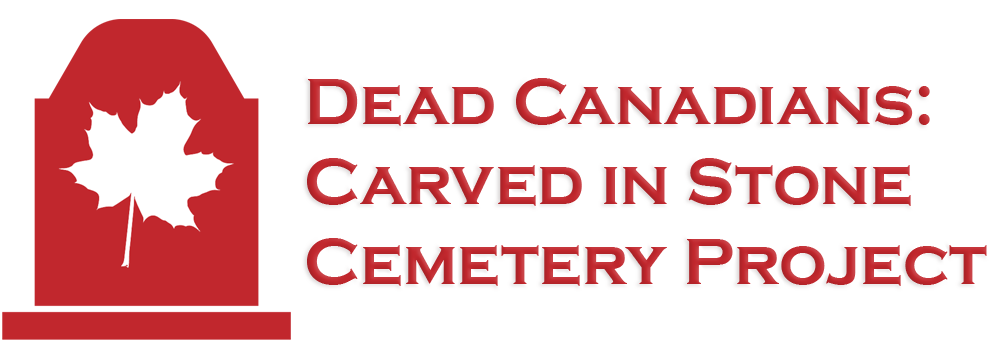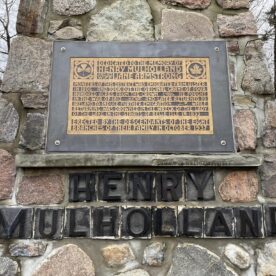I have often heard of a massive lumber yard fire in the Fairbank area. On the night of August 28, 1969 a fire that originated at the Oliver Lumber Yard on Hopewell Avenue spread to both the nearby Ziner and Fairbank lumber yards. A friend of mine grew up close by, on Whitmore at Locksley (now Jimmy Wisdom Way) and remembers all the commotion, the concern, the light, the intense heat of the fire.
This got me interested in finding out about the history of lumber in the area, and in particular the company the bares the name of our neighbourhood. The story starts in 1892 when, anticipating suburban growth, the Belt Line Railway encircled the city with a commuter railway line. The line crossed at Fairbank on Dufferin north of Eglinton, through a 100-acre property known as “Sprucegrove Farm” belonging to John T. Watson, a descendant of one of the founding families in the area.
The railway was short-lived, lasting only two years, but in 1896, The Grand Trunk Railway revived plans for the Belt Line Railway, which would cross West Toronto down to Union Station. It too was unsuccessful as a commuter train but came into its own as a branch siding serving the north end of the city. One of its functions was to deliver lumber and coal to the many retail lumberyards located along the Belt Line railroad, such as the Fairbank Lumber and Coal Company, which was located on the north side of the rail line and the east side of Dufferin Street at Roselawn Avenue.
John T. Watson sold 87 of the 100 acres of the family farm to a local developer in 1909, retaining the 13 acres that contained the home at what is now 567 Ridelle Avenue. (There is no sign of the original home left, but the park next door is named J.T. Watson Park.) In 1910, he applied to the railway for a private siding and by 1912, residents in this part of Toronto could purchase their coal and lumber from the Watson farm. That year, the farm was subdivided into building lots and John T. organized and established the Fairbank Lumber and Coal Company, Limited, with his son Gordon Watson. and business partner, lumberman David Riddell.
Fairbank Lumber Incorporated remained in the black in each and every year throughout the Great Depression, except 1930, the only year the business lost money. Gordon Watson attributed this incredible feat to the fact that York Township was installing sidewalks alongside the roads in this developing area and those sidewalks were made of wood. The contract to supply the lumber to this project helped the company to survive the Great Depression. There were never any layoffs, and no family was ever refused coal.
As you can imagine, a lumberman’s worst nightmare is a fire! In 1969 the Oliver Lumber Co., located on the south side of the Belt Line Railway adjacent to the east end of the Fairbank property was destroyed in a massive fire. Two years prior to the 1969 fire, the Stinson Lumber Company at the corner of Hopewell and Times (at 420-422 Hopewell Ave) burned down. The Home Lumber Co., located west of Oliver’s and immediately south of the Fairbank property, burned down as well.
In 1983 Fairbank Lumber purchased a second property, at 1900 Steeles Ave. West between Dufferin and Keele, Today the business still operates at this location, as Central Fairbank Lumber, but was sold out of the Watson family in 1995 and no longer has any ties to the community of Fairbank. Homes and Walter Saunders Park now occupy the original location of the three lumberyards: the Oliver yard, the Ziner yard and, the biggest one (where the Hopewell community garden is located), the Fairbank yard and the nearby Belt Line Trail follows the rail path where coal and lumber once travelled to and from the area.



Leave a Reply